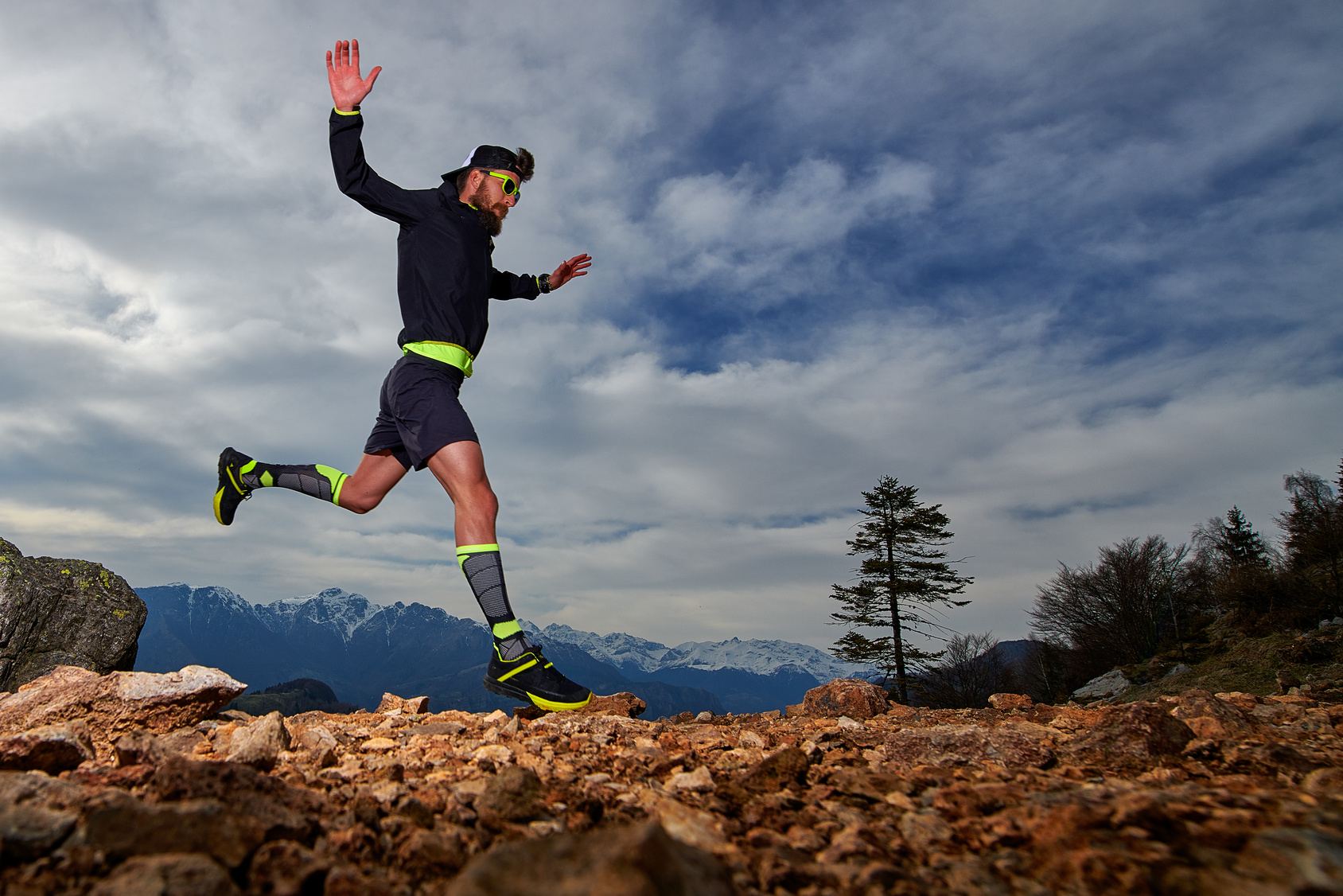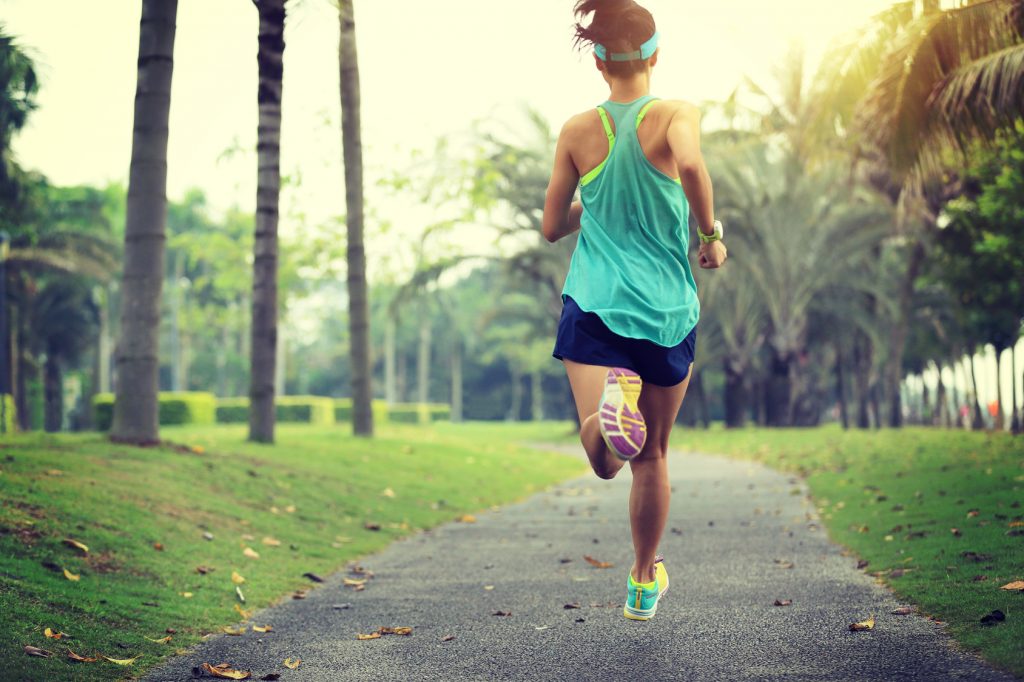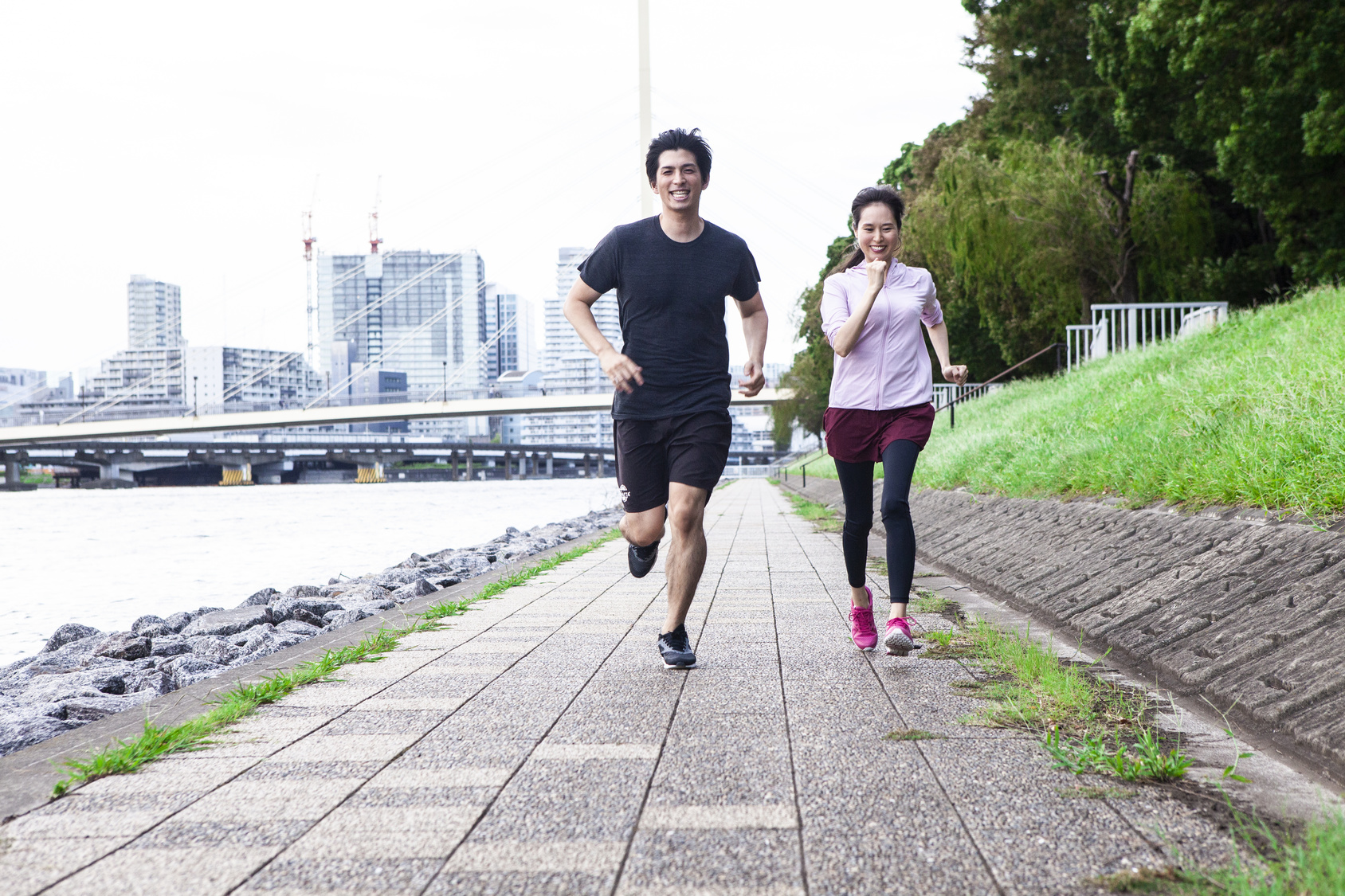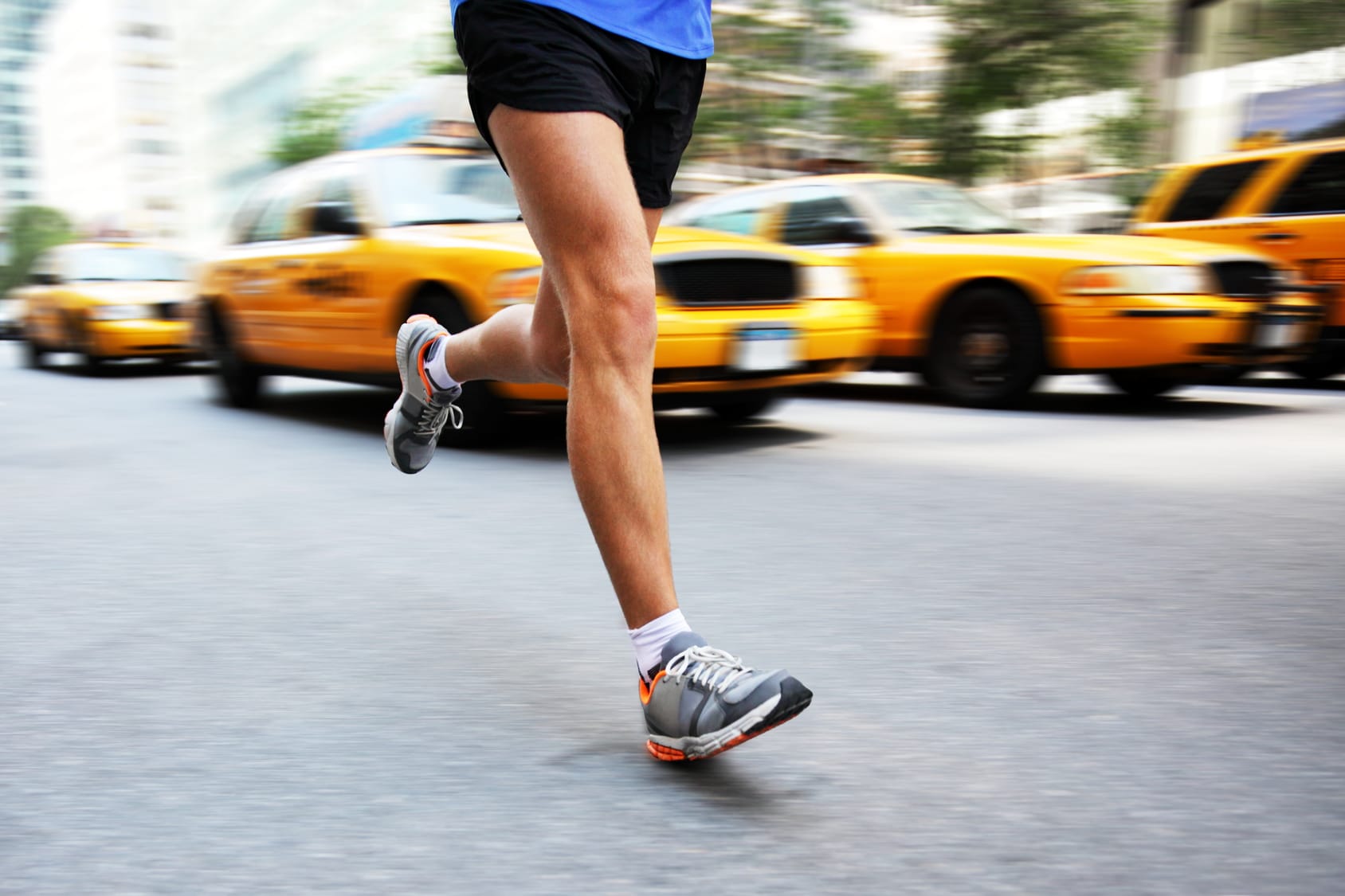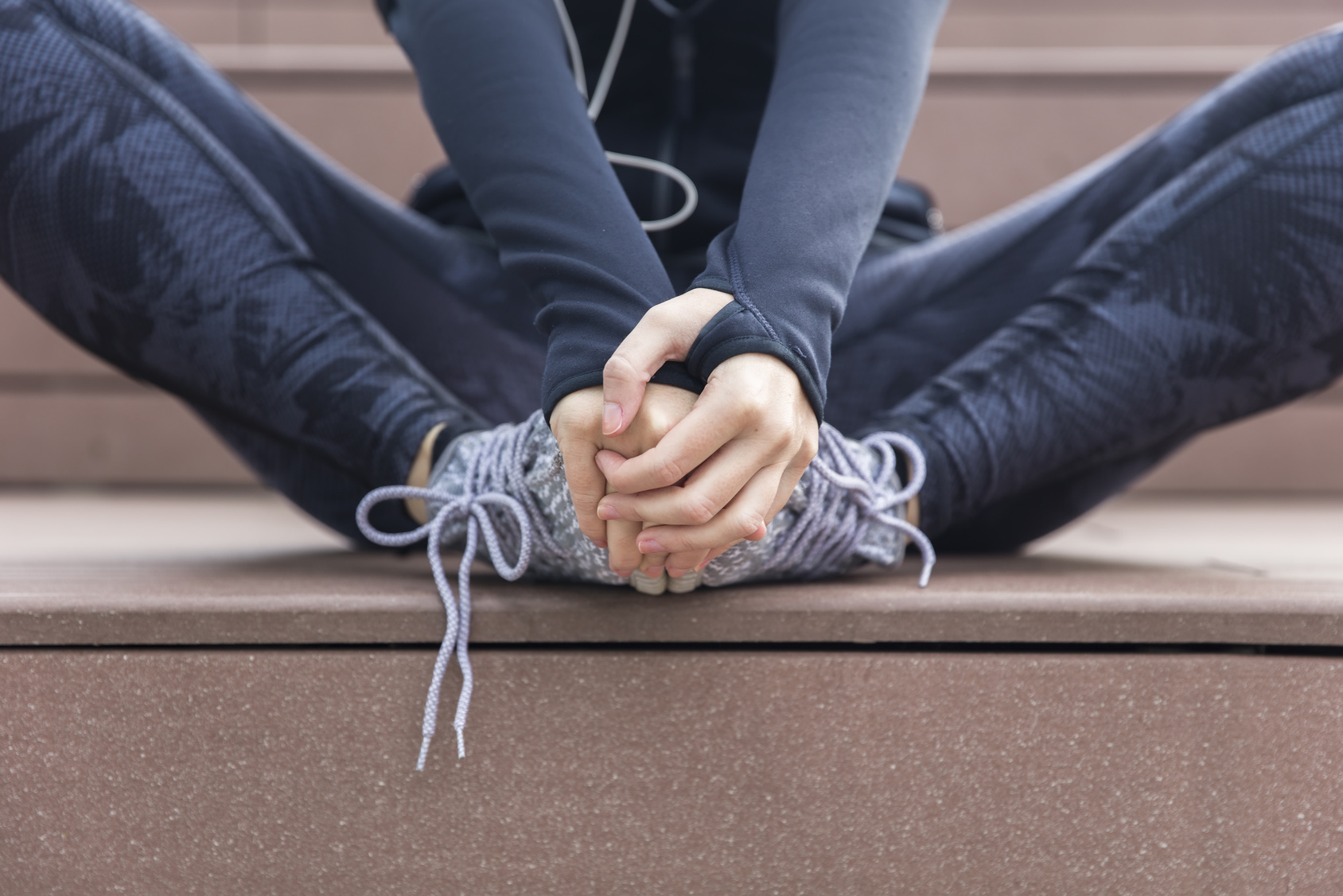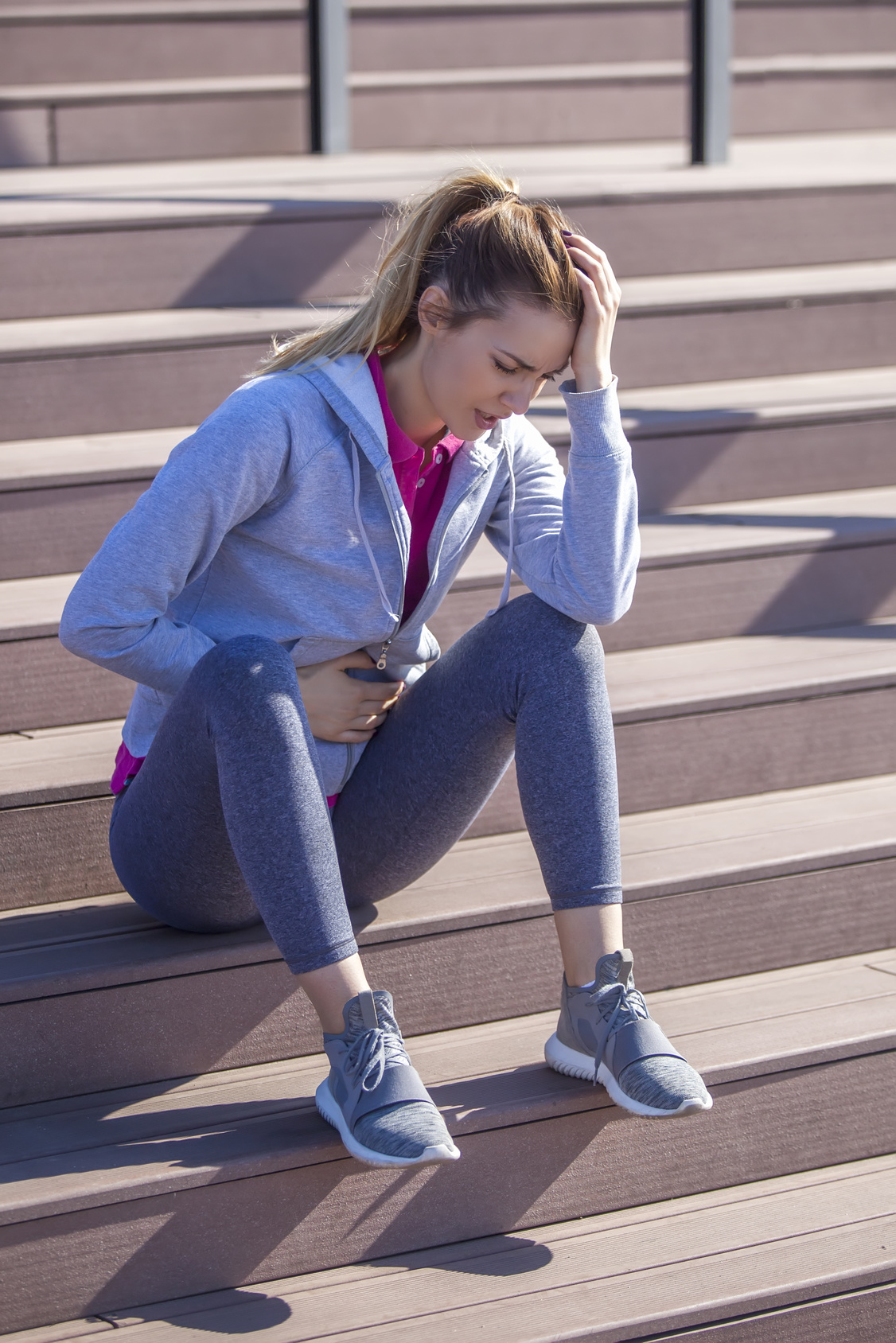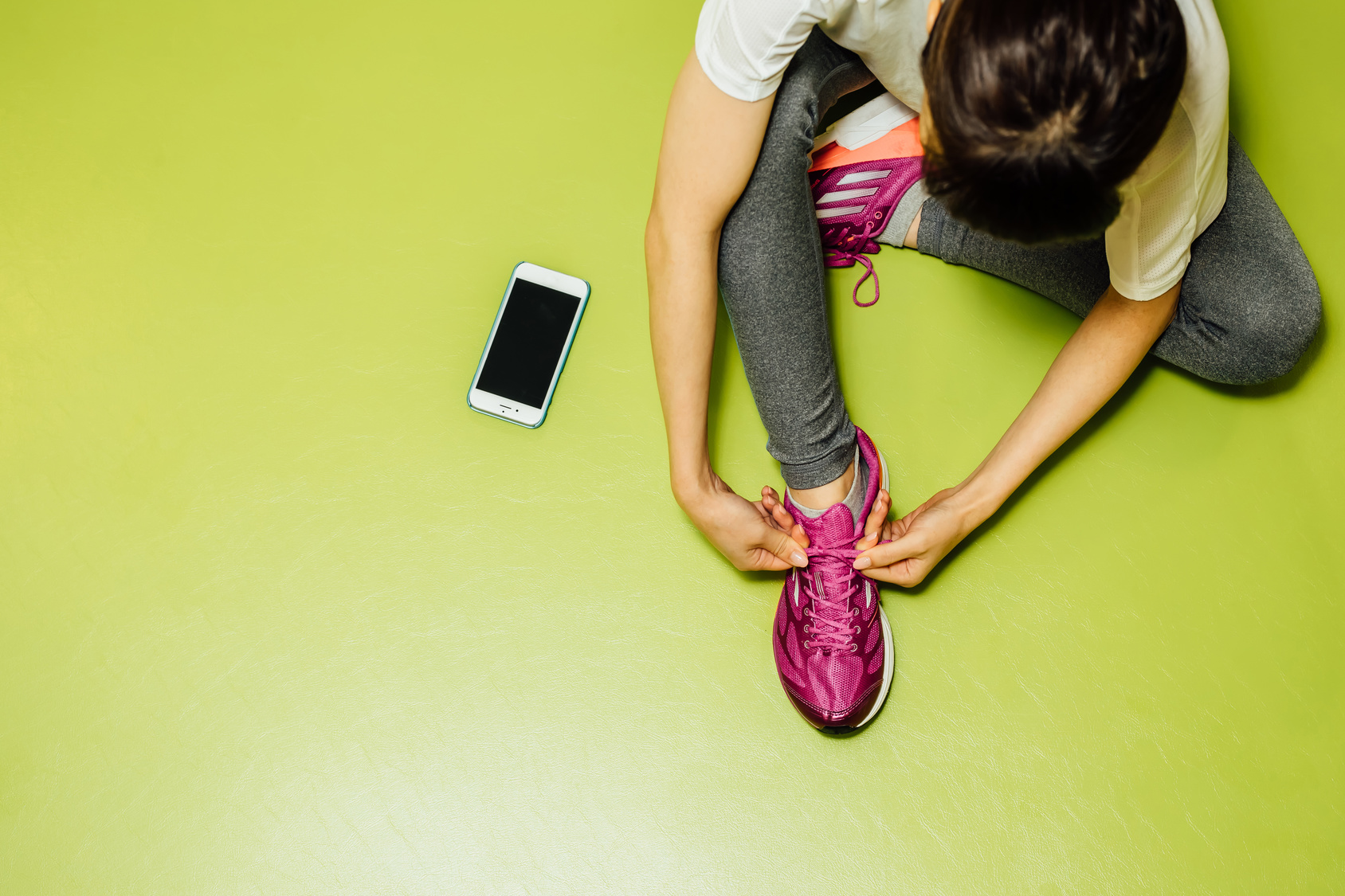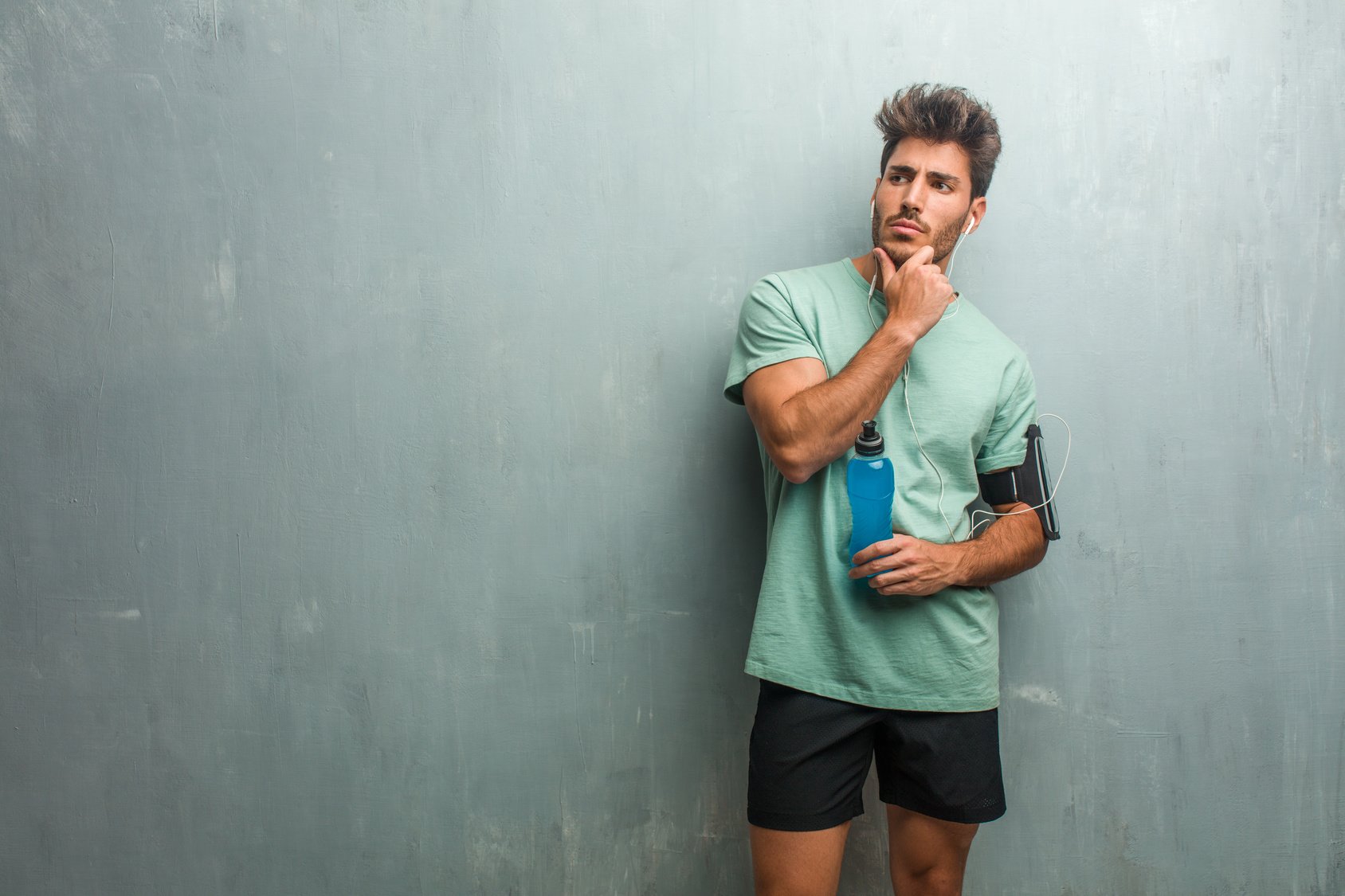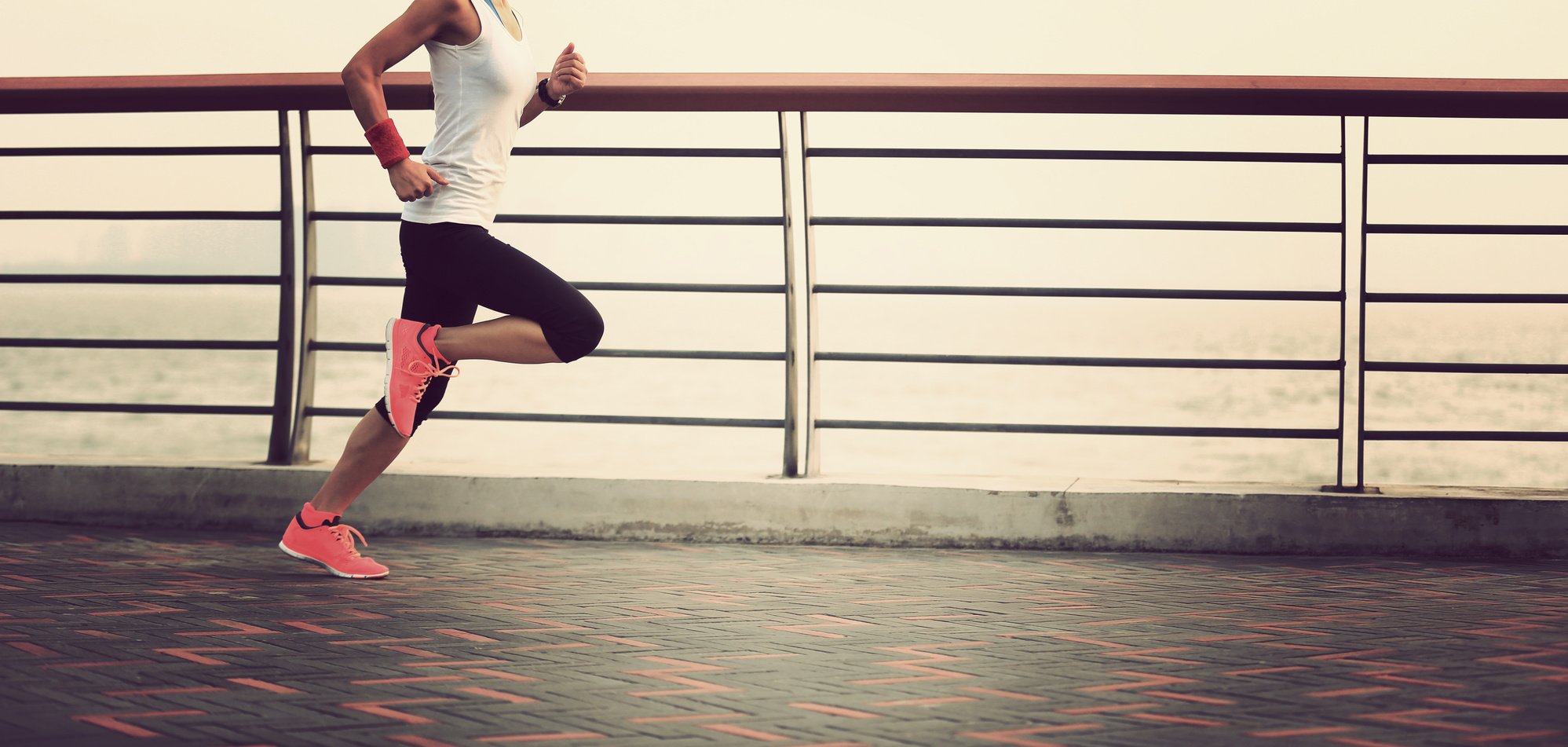Whether it’s the Spartan Death Race, the Tough Mudder, or the Ultra Beast, mud runs races are gathering steam like no other sport.
The fitness craze around them has been relatively new to the racing circuit. But the sport has been around for millennia. In fact, mud racing can be traced back at least to the early Greek (Olympic Games, duh!) and Roman times.
In this article, I’ll share with you a few training tips and guidelines on how to do mud runs right.
By the end, you’ll have all the tools you need for a successful mud running experience.
Sounds great?
Let’s lace up and dig in.
What is A Mud Run?
Mud runs are basically an obstacle course infused with a swampy and grueling terrain of 5K or longer. They’re the perfect combo of whimsical fun and physical exertion. Not only for runners but also suitable for anyone who wants to test their fitness skills.
Typically hosted in the breathtaking countryside in stunning locations, mud runs challenge you to outrun your competition while also finding your footing through mud and plenty of obstacles along the way.
These events will put your endurance, strength, and resolve to the test with physical and mental trials. It contains adventurous and slight military-inspired challenges.
A typical mud run course ranges from 3 to 12 miles.
Some events feature plenty of gut-busting obstacles, including greasy monkey bars, balance beams, mud crawls, mudslides, muddy hills, mud-covered inflatables, smudgy pits, mud fights, and other hurdles and — you guessed it — plenty of muddy water—but rest assured—all are challenging and fun.
Is it torture? The stats say differently. As it turns out, in 2011, about one million people registered to participate in obstacle racing events in the United States alone.
For instance, the number of Tough Mudder participants has increased from 50,000 in 2010 to over 150,000 in 2011, and it’s expected to reach up to 400,000 participants in just this event worldwide.
How To Train For A Mud Run
Preparing for a mud run requires a diverse range of fitness skills—strength, explosive power, and cardiovascular endurance. If you fall short on any of these elements, then you are surely going to struggle on the big day.
Unlike training for marathons and long-distance events, which focus solely on cardiovascular endurance, the ideal mud racing plan targets every aspect of functional movement.
In plain English, to race competitively in mud runs events, you need to be a well-rounded athlete. You’ll need all the major components, strength, speed, stamina, mobility, and flexibility.
To build total-body strength, you need to strengthen your core—midsection of your body, low back and sides, your upper body—especially chest and arms, and the lower body—mainly your legs. Make sure to add compound exercises like squats and deadlifts into the routine. Use lifting gear like belts and straps to prevent injury and maintain proper form. Brands like TuffWraps are popular among CrossFit and general lifters
In other words, you need to work on strengthening all key muscle groups to be able to undertake the muddy terrain.
Total-body, functional exercises, in lieu of concentration, isometric exercises, are the way to go for boosting strength while increasing mobility and endurance.
Cross-fit workouts and other functional fitness programs are the way to go. This type of training simulates the complex movements you’ll encounter on the racing course, which can set you up and ready for success.
Your workouts must target the specific skills and movements that you need to overcome the obstacles while also upping your overall coordination and stamina.
Fortunately, you don’t have to ditch your regular exercise routine to include obstacle race training.
Instead, integrate these obstacle-specific workouts into your regular training program.
Endurance
Building endurance for mud runs requires a different approach than the average 10K or the marathon.
The typical mud run course is riddled with muddy trails and military-inspired obstacles.
So it’s no smooth ride.
Although most mud runs aren’t marathon distance long, you’ll still need that basic cardio power to cover the whole course.
At the very least, you should be able to run five miles at once without passing out. Work it up to eight to 10 miles before race day if you’re really serious.
The lengthier the race, the more endurance you need to build.
Here’s what you need.
Speed Work
Build stamina for the mud run by doing plenty of interval running workouts because these races tend to take place in full-out-efforts or intervals, switching between running and the obstacles.
Perform 400m sprints at 80 to 90 percent of maximum effort with a 90-second to one minute of recovery between each interval. Aim for at least eight sprints in each session. One session a week is enough.
Hill Training
To improve your anaerobic threshold, include one to two speedwork sessions in your training program.
Do some hill training. It will help you build that lungpower and killer lower body strength you need to overcome obstacles like the stairs and the steep inclines between obstacles.
Find the steepest and nastiest hill that takes 30-second to one minute to climb and sprint to the top at maximum effort. After reaching the top, jog down slowly, recover, then repeat six to eight times. If this is your first time, choose the safest spot to let your body get used to it and avoid injury.
Shoot for one session per week.
Long Runs with Bodyweight Exercises
Some mud runs can extend up to 10 miles or even more. So if you can’t run that far, you need to start getting in some long runs. In fact, don’t start any serious mud run training if you can’t run pain-free for an hour at a time.
On the weekend, hit the trails and run for at least 90 minutes at an easy pace. And every 20 minutes, stop and do:
– 20 lunge-steps
– 20 push-ups.
– 20 air squats
– 20 burpees
This is important in order to stay on the move in an exhausted state, which, in turn, improves your muscular endurance—what’s needed to conquer the obstacles on the big day.
Run Outdoor
Since all mud races take place in natural environments, it will only make sense if you train outdoor. You’ll improve your control under natural conditions instead of when you exercise in the comfort of the indoors.
Trails are the perfect venue. So be ready to run muddy hills in the cold morning, and also practice some running in wet clothes and wet shoes to simulate real racing conditions.
Total Body Strength
Endurance is just one piece of the puzzle. The obstacles will expose any weaknesses in your game, especially your total body strength.
So how do you properly build strength for mud runs?
Choose compound lifts that target multiple muscle groups like pull-ups, push-ups, dips, standing overhead presses, bench presses, deadlifts, and squats.
You will also need to improve your agility and athleticism. Exercises such as jump squats, kettlebell swings, box jumps, and burpees are ideal.
Your grip strength matters too. Do plenty of kettlebell swings and other exercises that work on your grip strength.
The dynamic strength workout:
Five sets of 30 bodyweight squats, 30 mountain climbers, 20 push-ups, 20 lunges, 15 burpees, and ten pull-ups.
Take as little rest as possible between each move. Keep your heart rate firing throughout the session so you can build strength and endurance at the same time.
The agility and speed workout:
Three sets of 20 kettlebell swings, 20 box jumps, 20 med ball slams, 20 jumping burpees, and 20 jump squats.
Perform each exercise in a successive fashion. Rest for 30 seconds between each move and for two minutes between each set. Use weights that are challenging, but keep good form throughout the workout.
The total body strength workout:
Five sets of 10 back squats, ten bench presses, ten deadlifts, and ten chin-ups.
Back squats, bench presses, and deadlifts are performed at bodyweight. Take less than 30 seconds between each exercise and as much rest as you need between the sets.
Advanced Mud Run Bodyweight Routine
To simulate real-race conditions, try the following routine
- 10-15 military Push-ups
- Bear Crawl 15-25 yards
- 10-15 Squats
- 8-10 Pull-ups
- 10-12 Burpees with a jump
- 20 Spider Lunges
Repeat the set 3-4 times, depending on your fitness status and training goals. And always remember to start the workout with a decent warm-up and end it with the right cool down.
The weekly training plan
- Monday – The total body strength workout
- Tuesday – Sprint workout
- Wednesday – The agility and speed workout.
- Thursday – Rest or short recovery run
- Friday – The dynamic strength workout
- Saturday – Long trail run or long run with bodyweight exercises
- Sunday – Rest
Mud Run Racing Tips – How To Have A Successful Race
Now that you’re prepared for the race, let’s look at a few measures to help you get the most out of the event.
Pick the right race
Remember that the race gonna be more challenging than usual. Before booking for a mud run event, make sure to keep in mind the following:
- Your fitness level:Many mud races have a 90 percent or more finish rate. However, if you’re a newcomer to endurance sports or really out-of-shape, you need first to get your fitness in check before embracing the mud racing madness. For that, try out the training program outlined below.
- Know the risks.Mud racing is no easy walk in the park. Expect discomfort, pain, disease/infection (muddy waters are not that clean!), hyperthermia, and other health troubles. So it’s always better to know what you’re getting into and learn how to play it safe. Always check your injury history or risk factors that might cause trouble during the event.
- Pick the right distance:Most Mud Runs are 5K, but they can stretch up to 10K, half-marathons, and even more with varying degrees of obstacle and difficulties. Choose a distance that fits your fitness skill and keep your ambitions realistic; otherwise, expect to be overwhelmed and bedazzled by the arduous course.
- Set clear goals.Whether you’re in it for fun or competition, getting clear on your racing goals is a must. Nevertheless, almost every race is going to be a good time, but also pushing up the ante helps you evolve and become a better athlete. Never apply for race only to follow the trend.
- Consider the cost.Mud racing prices vary by location and level of competitiveness. However, the rule of thumb is ‘the sooner you sign up, the lower the costs. The latter can vary from $50 to $200, so make sure you’re getting the most bang for your buck.
Get the Right People
Most mud runs are much more of teamwork than a solo effort. In fact, camaraderie is at the heart of these events’ ethos.
Pick your teammates wisely, or get yourself a crew of awesome friends. The typical team size is between six to 10 people.
Put your team together way ahead before the event so you can help each other through workouts. Group training improves performance and consistency like nothing else.
Can’t get anyone to join? Worry no more as you’ll end up teaming up with a group at the first obstacle—even if you are not a people person.
Get the right shoes
As you are going to spend a lot of time on trails, grassland, and slippery mud pits, the shoes you are going to race in are going to be a big part of your success.
Your racing shoes ought to be well-fitting athletic models in order to avert blisters and other problems.
Minimalist shoes are some of the best choices. These often feature less padding on the bottom and most likely be made of fabric that does not hold on to excess water or mud.
Dress right
Though most mud runs events have no specific dress code like other races, what you put on the big day can be a deal maker or a deal-breaker.
Opt for the wrong clothing choices, and you will end up slowing yourself and wasting lots of valuable energy.
During the race, you’ll get wet, even at some point, fully submerged, and it’s gonna get very cold.
Dress the part by putting on synthetic fabrics that wick away moisture and fit closely to the body to reduce chafing.
The general rule of mud racing clothing is less is better. The fewer the items, the less mud to cake onto. It might even be better to go shirtless if possible.
Think swimwear. This type of attire not only dries faster but also provides better mobility.
Avoid cotton at all costs since it will do nothing by soak up the water and mud, weighing you down, and keeping you cold.
You can even go shirtless if that suits you and depending on the temperatures since mud run events take place all over the country, and temperature and race conditions may vary.
Hold’em Tight
During the race, your feet will get slippery and drenched in muddy water, thus so you risk losing your shoes on the course.
That’s why you should tie your shoes tightly. You can also duct tape the top of your shoes to your ankles, but also make sure to leave enough wiggling room for your toes; otherwise, expect pain, even injury.
Pre-race Nerves
Pre-race nerves can make mud racing difficult, but as soon the even takes off, most nerves should melt away in the first mile. But, to keep those pre-race nerves at bay, I’d recommend that you visualize every aspect of the race, from the starting point to the finish line.
Race smart
Slow and steady wins the race. This may sound like a cliché, but only because it’s true. Going full throttle from the get-go will only leave you burned out and upset. Instead, start slow and speed it up gradually—the same strategy you’d follow during any other race.
Handle obstacles properly
Learning how to overcome the obstacle properly can both help you in terms of performance and fun. For this reason, you’d need to be well prepared.
Here are some helpful hints to help you overcome some of the most common obstacles on a mud run course.
- Mud pits.The best way to get through them is to run towards the edges at maximum speed. Running through them may slow you down as heavy traffic can cause the middle to be the deepest and difficult to tackle.
- Barbed wire.Instead of going military-style, try rolling sideways instead of head-on.
- Bear crawl instead of crawling on your knees.
Conclusion
There you have it! If you’re serious about training for a mud run, then today’s post should be enough to get you started on the right foot. The rest is just details.
Please feel free to leave your comments and questions in the section below.
In the meantime, thank you for dropping by.
Keep running strong.
David D.

